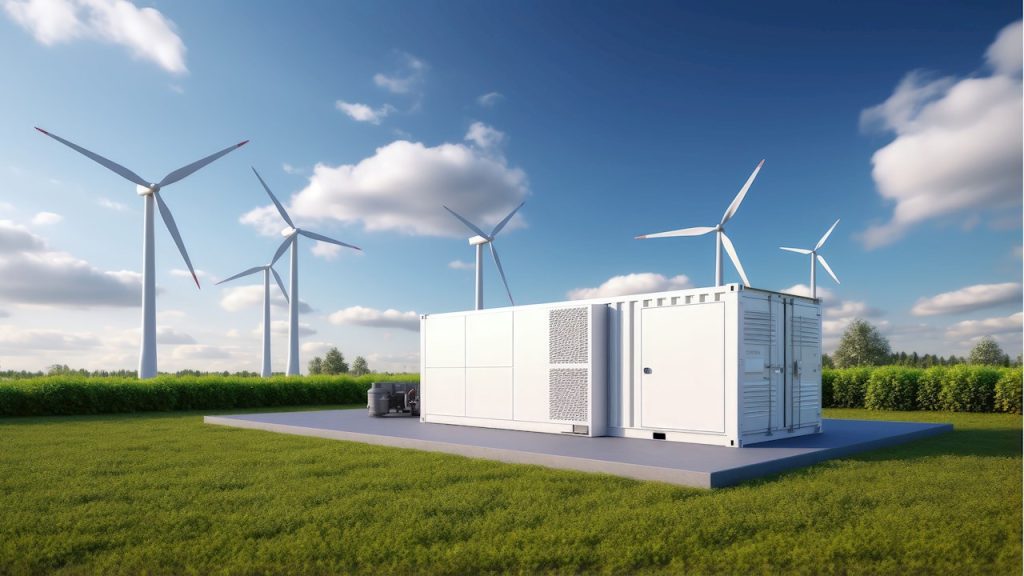Australia’s latest Capacity Investment Scheme tenders targeting 2.4GWh of energy storage and 1.6GW of renewable generation in Western Australia represent 10% of the federal government’s 40GW by 2030 target, yet expose fundamental grid management challenges unique to the state’s isolated electricity system. The AU$4 billion private investment projection assumes successful deployment across Western Australia’s South-West Interconnected System, which operates independently from the National Electricity Market serving eastern states.
The tender structure reveals operational constraints that distinguish Western Australia’s grid from interconnected systems. Unlike the NEM’s broader geographic diversity and interconnection capacity, the SWIS faces acute challenges managing high rooftop solar penetration that creates periods of low daytime demand followed by sharp evening peaks requiring dispatchable resources.
Streamlined Bidding Process Addresses Timeline Pressures
The introduction of single-stage bidding represents an attempt to accelerate deployment timelines from nine months to approximately six months, consolidating technical and financial proposals into unified submissions. This procedural change reflects recognition that previous multi-stage processes created bottlenecks inconsistent with aggressive 2030 deployment targets.
Registration closes October 10, 2025, with bid submissions due November 7 and results expected March 2026. The compressed timeline assumes sufficient project pipeline development and construction capacity to meet delivery schedules, though recent global supply chain constraints and skilled labor shortages in renewable energy sectors create implementation risks.
The Clean Energy Finance Corporation’s positive assessment of streamlined processes indicates government confidence in simplified procurement, yet effectiveness depends on maintaining technical evaluation standards while reducing administrative duration. Previous tender oversubscription suggests strong market interest, though this may reflect limited alternative revenue opportunities rather than project economic viability.
Previous Tender Performance Creates Mixed Precedent
Tender 2 results provide limited insight into commercial success, having selected four projects totaling 654MW/2,595MWh—marginally exceeding the 2,000MWh target. The Boddington Giga Battery, Merredin Big Battery, Muchea Battery, and Waroona Renewable Energy Project all feature four-hour duration, suggesting standardized specifications rather than optimized grid integration solutions.
The October 2027 operational timeline for Tender 2 projects spans nearly three years from selection to commissioning, indicating substantial development and construction requirements that may not align with accelerated bidding schedules. Project delivery risks increase when procurement timelines compress while construction durations remain fixed.
Tender 3 results, expected “in the coming weeks” according to AEMO Services, will provide crucial validation of program effectiveness and market response. Delayed result announcements may indicate evaluation complexity or insufficient qualifying bids, both concerning indicators for future procurement rounds.
Grid Isolation Creates Unique Technical Requirements
Western Australia’s grid isolation from the NEM eliminates interconnection benefits available to eastern states, placing greater emphasis on local storage and generation diversity. The SWIS covers the southwest region including Perth, while the North West Interconnected System serves Pilbara mining operations, creating two distinct grid management challenges.
High rooftop solar penetration in Perth metropolitan areas has created duck curve effects more pronounced than in interconnected systems, with minimum demand periods occurring during peak solar generation. This phenomenon necessitates storage systems capable of absorbing excess generation and providing rapid ramping capacity during evening transitions.
The 2.4GWh storage target addresses specific operational requirements but represents modest capacity relative to installed rooftop solar capacity exceeding 1,600MW. Storage duration specifications will determine whether procured systems provide short-term ramping support or longer-duration energy shifting capabilities needed for multi-day weather variations.
Private Investment Assumptions Face Market Reality
The projected AU$4 billion private investment assumes successful bid execution and construction completion without considering market risks affecting project viability. Recent battery storage project cost escalations, supply chain constraints, and interest rate increases have impacted project economics across Australian renewable energy developments.
Battery storage costs have declined historically but face volatility from lithium price fluctuations, supply chain disruptions, and manufacturing capacity constraints. Projects awarded under CIS agreements receive revenue certainty but remain exposed to construction cost overruns and operational performance risks.
The investment projection likely includes transmission infrastructure upgrades, site development costs, and grid connection expenses that extend beyond battery installation costs. Actual private investment may vary significantly based on site-specific requirements and technology selections not reflected in aggregate projections.
Storage Reliability Data Supports Policy Direction
Recent AEMO data indicating battery energy storage systems demonstrate highest reliability among clean energy technologies provides empirical support for storage-focused procurement strategies. This performance advantage assumes particular importance in isolated grids where backup options are limited compared to interconnected systems.
Battery storage’s rapid response characteristics and precise control capabilities offer grid stability services beyond energy storage, including frequency regulation, voltage support, and synthetic inertia provision. These ancillary services create additional revenue opportunities that may improve project economics beyond energy arbitrage alone.
However, long-term reliability data remains limited given relatively recent large-scale battery deployments in Australian conditions. Operational experience from existing facilities like the 560MW/2,240MWh Collie BESS will inform future procurement specifications and performance expectations.
Market Structure Influences Competition Dynamics
The CIS program’s first six tenders account for 12.3GW of generation and 6GW of dispatchable capacity, representing over half the required capacity under the 40GW target. This procurement pace suggests aggressive deployment timelines that may strain supply chains and construction capacity.
Consistent oversubscription in previous tenders indicates strong market interest but may reflect limited alternative revenue opportunities in Western Australia’s isolated market rather than inherently attractive project economics. Competition intensity could decrease if alternative revenue sources develop or grid integration becomes more challenging.
The focus on Western Australia reflects recognition that isolated grid systems require different policy approaches than interconnected markets. Success in Western Australia may not translate to eastern states, where NEM dynamics, interconnection benefits, and market structures create different investment incentives and operational requirements.





